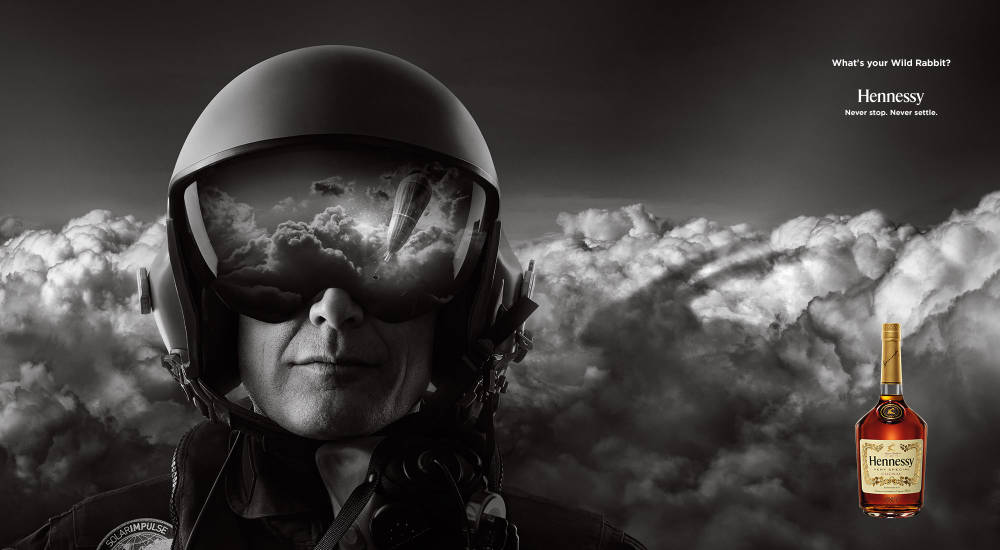
Digital storytelling is evolving for brands, advertisers, filmmakers, and tech companies. While the basic principles of storytelling remain unchanged, how to tell a good story has changed. Emerging technologies have created new opportunities for advertisers, brands, and platforms to engage and provide new contexts in which audiences, brands, and advertisers can interact.
This cross flow is enabled by technology and how content is served digitally (via mobile, video, social, web, video games, connected TVs, social TV platforms, tablets, and film). And audiences have changed their content consumption patterns as well. What does this mean for the people who create these stories, for the people who watch them, and the advertisers who enable them? These were some of the issues explored during Engage NYC: The Digital Storytelling Conference held last week.
Storytelling at the Speed of Culture
“As a global network ad agency we’ve had to shift our approach to content as we’ve moved from a fireworks orientation – building big launches with :30 spots, microsites, etc.– to a sparklers approach,” said Aki Spicer, chief digital officer, TBWA/ChiatDay NY. “Since the advent of video disruption we’ve been moving from a fireworks to a sparklers approach. We do more things that last longer, tells a story across more channels at about 1/10th the cost of fireworks, and provides things that people can take along with them in their lives.”
From Macros to Moments
TBWA had made a macro shift from a focus on traditional creative “moments” to a “chronic,” real-time, on-going creative platform where all employees become “cultural correspondents” who contribute to the agency’s daily “Back Slash” trends publication. This editorial capability, launched in 2016, “helps to weave global cultural and trend insights into the lives of employees to inform their creative output” so rather than waiting for client requests, diverse TBWA creative teams now bring ideas and opportunities to clients.
This new approach requires a new take on staffing needs. The agency has moved away from the traditional art director/copywriter team to a focus on a new kind of copy-blogger who’s integrated into a six-person creative pod composed of a variety of shifting expertise as required.
The Value of Diverse Voices in Storytelling
“When you produce 57 luxury wine and spirits brands like Moet Hennessy does, storytelling is incredibly important,” said Rodney Williams, CMO, EVP of brands, Moet Hennessy, North America. Many of its brands are very old, like 225 year-old Hennessy, and require a re-introduction to each new generation of consumers. “We find that short, engaging mini-stories invite consumers to learn more. The fascinating thing about Millennials is their ability to go high/low, to really spend money on the good stuff and to shop with pride at Wal-Mart.
The challenge is to differentiate our products. In the case of Hennessy, we could tell people that every day at 11:00am nine members of the masters tasting committee meet to taste cognac. But this story lacks a consumer hook. The challenge for Hennessy is how to model our stories to be relevant to today’s consumer, yet truthful. That’s part of the gestalt behind the ‘Never Stop, Never Settle’ campaign, a parable in a contemporary setting.”
In the spirits world, consumers place great value on brand provenance, on a real backstory and the opportunity to learn and discover, to grow one’s expertise and feel like a grown-up at a dinner party or fancy restaurant. “Being able to make the histories of our brands discoverable in an authentic way is critical to their success.” Connecting with cultures is key.
Navigating pop culture has been tricky. “We’re a French-based company with savoir faire at the heart of the brand, but married to whatever is distinctive and relevant to a given culture.” Last year Moet launched the first luxury wine brand produced in China, Aoyun, meaning ‘above the clouds,’ at about $250. The vineyards stand at 2,200 feet above sea level, making wine producing a challenging undertaking. “Initially, we thought we had an opportunity to connect with a savvy millennial market, but the core audience is third generation, older consumers who are proud of the fact that the wine comes from China.”
Moet believes that to succeed, celebrity endorsements must be anchored on authenticity. In the case of rapper and spokesman Nas, “he’s been writing about Hennessy since he was 19 so his love for the brand is real. In the case of influencer Rebecca Minkoff, her limited edition Chandon bottle designs reflect her passion for the brand. “We’re after celebrities who can project the brand essence in a personal way that connects with core audiences.”
New Technologies Shape the Future of Storytelling
With a background in documentary filmmaking and video game design (“Grand Theft Auto,” “Max Payne”) Navid Khonsari, founder and creative director of iNK Stories, seeks to merge these two worlds. “Kids and teens are not the only ones who feel enabled to tell their stories today. Across brands, people are calling themselves storytellers but the truth is the end-user wants to be the storyteller.”
iNK seeks to enable people to tell their own stories by providing them with choices in creating a personal narrative. “The fact is, when you unlock your smartphone, you’ve actually played a game in which your mission is entry to your email, phone, or apps. That decision-making process is what games are about. We want to give people the ability to have that wow factor of a Grand Theft Auto, to get those endorphins flowing, plus authorship and the ability to return to replay and engage with a community by saying, ‘I made these choices. What choices did you make?’
“We’ve gone back to the concept of the original choose your own adventure books to create knowledge and experience but also empathy for people we have gone to understand by having actually living in their shoes for a day.” A key project, conducted with the Yale University Cognitive Research Department, provided a trove of analytics about how people interact with digital experiences, what spikes interest, where it falls off, etc. The key is to enable people to make choices and to see how they relate to those of the community.
iNK’s award-winning, multi-platform game “Revolution 1979” has been translated into seven languages, including Farsi, Turkish, and Russian. “You can’t get more niche than the 1979 Iranian revolution but what’s important is the way we built it on a documentary approach. We interviewed 40 people who actually experienced the revolution – men and women, children, different religions and political affiliations and this material became the template for the narrative.
To make the story feel real, we used images from an on-site photographer, to enables players to make choices, navigate the streets of Tehran and of your own morality. Questions like, what to do when soldiers are shooting at you and you are holding your brother in one arm and cousin in the other and you can only save one of them?” Such ethically challenging templates draw people into the narrative and let them make the story their own.
Watch for their upcoming IMAX project, “Hero,” a VR experience that makes viewers participate in this dangerous life saving work of volunteers like Shtie Helmet in war torn countries. “We hope that by telling digital stories interactively, we can humanize the experiences and make us feel closer to one another.”
It appears that we are entering into a golden age of storytelling, in which evolving video technologies and digital tools are fast converging to create a brave new world of immersive, interactive environments that will enlighten us as they entertain.
Images: Hennessy

